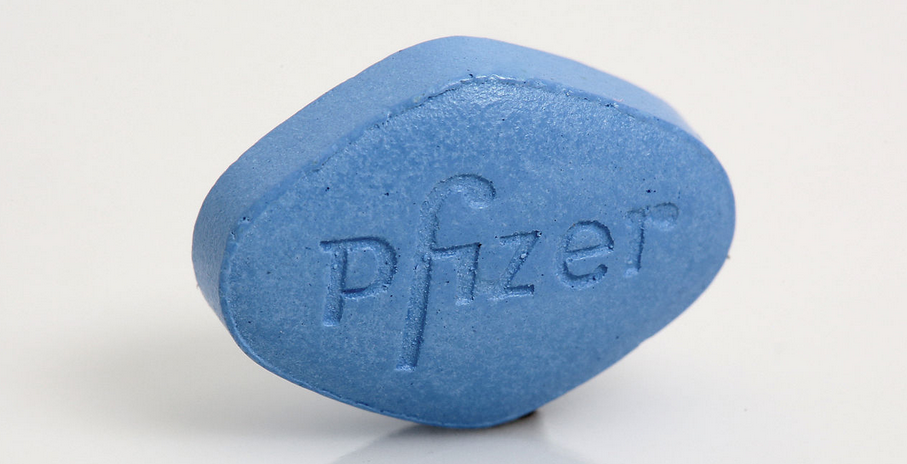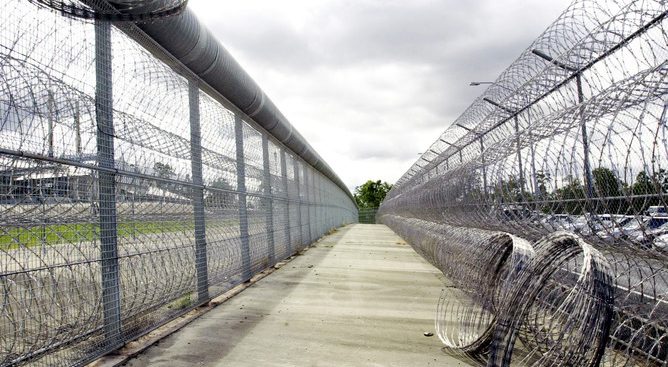
Viagra used by twice as many gay men as ecstasy

ECSTASY use by gay men in Australia has plummeted by more than two thirds over the last decade, eclipsed by erectile dysfunction medications (EDMs) such as Viagra and Cialis, which are the third most popular drug of choice excluding alcohol and tobacco.
The findings come from the University of New South Wales’ (UNSW) Annual Report of Trends in Behaviour which was released today at a conference in Alice Springs.
The report – a snapshot of the state of sexually transmissible infections (STIs) in Australia – also reveals a lack of knowledge around hepatitis C and a continued decline in condom usage.
Ten years ago almost 30 per cent of gay men had taken ecstasy within the previous six months. However, by last year, that figure was hovering around just 10 per cent, the same rate of usage as cocaine which has remained relatively stable for the last decade.
In contrast, Viagra-type medications have now overtaken both ecstasy and amphetamines to become the third most popular drug. With 23 per cent of gay men using EDMs, only cannabis and amyl nitrate are more popular.
However, overall illicit drug use has remained stable in the gay community.
UNSW Centre for Social Research in Health director Professor John de Wit said the figures showed drugs used in more social settings, such as clubs, were on the decline while substances used during sex were on the ascent.
“The rise in EDMs over the last ten years reflects the availability of the drugs, that the people using them tend to be older and that they can counteract the effect of other drugs that might also have been taken,” he said.
“While it’s not necessarily a bad thing, because if you can keep a hard on it’s easier to keep a condom on… intentional intoxication doesn’t sit well with protection as people’s cognitive capacity is diminished.”
While 58 per cent of gay men tested for the hepatitis C virus in 2013, many were unaware about the activities which could lead to hepatitis C – a precursor to liver disease and cancer.
In addition, around one in 10 gay men inject drugs, such as crystal meth, and more than 40 per cent of these injecting drug users share needles. There were also low levels of knowledge that this is the primary cause of the virus’ transmission, while the existence of vaccines for hepatitis A and B has led many to incorrectly assume there is also a vaccine for C.
Overall, condom use among gay men is holding steady at around 55 per cent but the report found it has almost halved in HIV-positive men with undetectable viral loads from 30 per cent in 2004 to just 17 per cent last year.
Among this group, serosorting – or making decisions about sexual partners based on HIV status – is now a more popular strategy to reduce infection than using condoms.
However, serosorting is not being consistently used in all encounters limiting its effectiveness.
De Wit said the report’s results were “mixed” and while he welcomed figures showing gay men were increasingly testing for a range of STIs, “the ongoing erosion of condom use does pose concerns”.
“Moving away from traditional HIV prevention might be good for sex lives but this might come back to haunt us in HIV and STI infections,” he said.
“If we want to do away with condoms we need to test much more frequently, as much as four times a year for sexually active men and we’re not seeing that now.”
Australia Federation of AIDS Organisations executive director Rob Lake said initiatives such as rapid testing would help increase testing rates but its rollout was being stymied by a lack of government funding.
Lake said people who chose to serosort needed to be supported in their decision making and have up-to-date information on HIV status “so they can confidence in that conversation”.
Ongoing promotion of condoms was vital, said Lake, because “for a lot of men that’s their first choice and we want to support that choice”.









